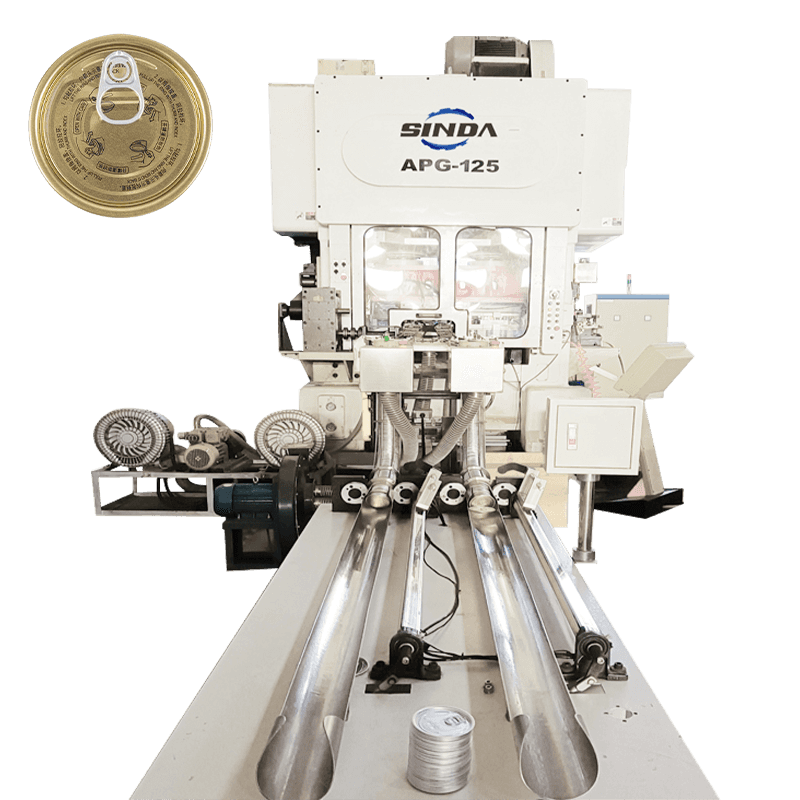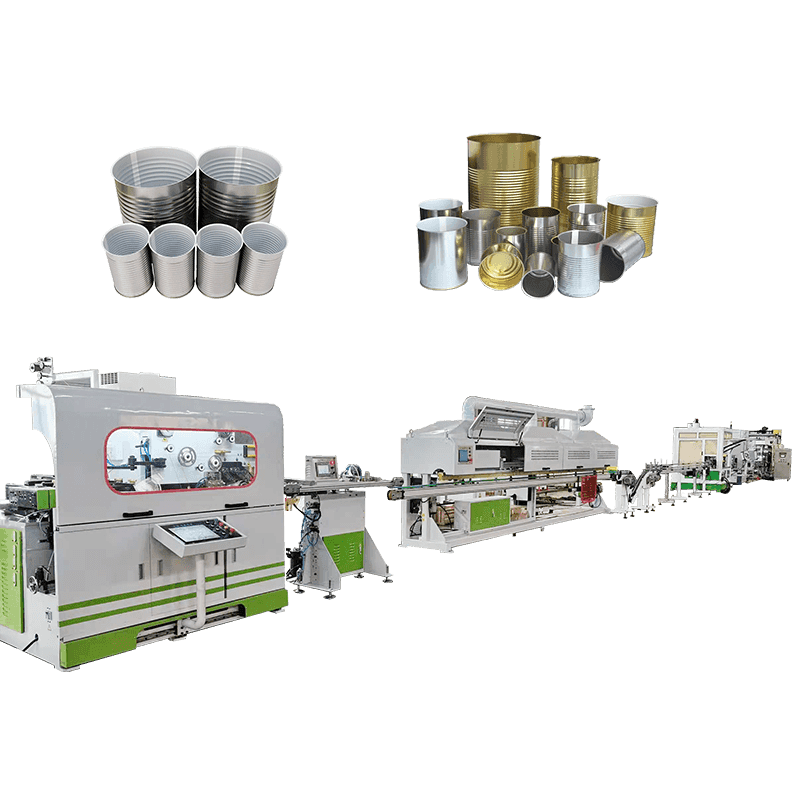Overview of Twist Off Lug Cap Production Lines
Twist off lug caps are a type of bottle closure designed for easy opening without a separate tool, commonly used for beverages, sauces, and other liquid products. Unlike ordinary crown caps, these caps feature lugs or ridges that allow consumers to twist the cap off by hand. A twist off lug cap production line is specifically designed to manufacture, shape, and inspect these caps efficiently. The production line typically integrates several processes, including blanking, forming, threading, washing, coating, and quality control, all optimized for this particular type of closure.
Design and Production Flexibility
One characteristic of twist off lug cap production lines is their flexibility in design and size. These lines can produce caps with various diameters, thicknesses, and lug configurations to match different bottle neck standards. Ordinary bottle cap production lines are often limited to fixed sizes and types, whereas twist off lug cap lines allow for easy adjustment of tooling and die sets, enabling manufacturers to respond quickly to changing market demands. This flexibility supports small batch production and custom orders without requiring major line modifications.
Integrated Threading Process
Unlike ordinary caps, twist off lug caps require precise threading to match the bottle neck. The production line incorporates threading mechanisms that cut or form threads accurately on each cap. Proper threading ensures smooth opening and secure sealing, which is essential for maintaining product integrity and shelf life. Ordinary bottle cap lines may not include such threading capability, focusing instead on simple press-fit or crimp caps. The inclusion of threading technology in twist off lug cap lines adds a layer of functionality that is necessary for consumer-friendly packaging.
Enhanced Production Efficiency
Twist off lug cap production lines are often designed for high-speed operation while maintaining quality standards. Automatic feeding, stamping, forming, and coating systems allow continuous production with minimal downtime. Compared with ordinary cap lines, which may require multiple manual steps or less integrated processes, the twist off lug cap line reduces labor requirements and increases throughput. Sensors and automation ensure precise handling and alignment of caps, which reduces waste and improves overall production efficiency.
Quality Control and Inspection
Quality assurance is a key advantage of twist off lug cap production lines. Advanced lines include in-line inspection systems that check for dimensional accuracy, threading consistency, surface defects, and coating uniformity. Cameras, sensors, and measurement devices detect anomalies early in the production process, allowing immediate adjustments. Ordinary bottle cap lines may rely more on post-production inspection, which can result in higher rejection rates and inconsistent quality. By integrating real-time monitoring, twist off lug cap lines maintain consistent quality across large production volumes.
Material Handling and Coating Capabilities
Twist off lug cap lines support a range of materials, including tinplate, aluminum, and coated steel, with optional internal coatings to prevent corrosion and interaction with the beverage or product. Coating stations within the line can apply protective or decorative layers automatically, ensuring even coverage and reducing the risk of defects. Ordinary bottle cap production lines may offer limited coating options or require separate coating processes, making the twist off line more versatile and efficient in producing consumer-ready products.
Compact Layout and Space Utilization
Modern twist off lug cap production lines are designed with compact layouts, integrating multiple functions into a single line. This design reduces factory floor space requirements compared with older or ordinary cap production lines that use separate machines for forming, threading, and inspection. Compact integration also facilitates smoother workflow, faster material handling, and reduced energy consumption, contributing to more streamlined and cost-effective production operations.
Automation and Reduced Labor Dependence
Automation is a significant characteristic of twist off lug cap production lines. Operations such as feeding, stamping, threading, washing, and stacking are often fully automated, which reduces human error and ensures uniformity across each batch. In contrast, ordinary bottle cap lines may involve more manual intervention, particularly in alignment and handling. Automation not only increases output but also improves safety by minimizing operator contact with moving parts and reduces operational variability.
Twist Off Lug Cap Line vs Ordinary Bottle Cap Line
| Feature | Twist Off Lug Cap Line | Ordinary Bottle Cap Line |
|---|---|---|
| Cap Type | Twist off with lugs for hand opening | Crown caps or simple press-fit caps |
| Threading | Integrated threading for bottle neck matching | Usually not included or minimal threading |
| Production Flexibility | Adjustable for multiple sizes and designs | Limited to standard sizes |
| Automation | High degree with in-line feeding, forming, and inspection | Moderate, may require more manual steps |
| Inspection | In-line quality control for dimensions, coating, and threading | Primarily post-production inspection |
| Material Handling | Supports multiple materials and coatings | Limited material and coating options |
| Space Efficiency | Compact integrated layout | Separate machines require more space |
Maintenance and Longevity
Twist off lug cap production lines are designed for reliable operation with reduced downtime. Integrated lubrication, temperature control, and automated calibration systems help maintain consistent production quality over extended periods. The precision components used in forming and threading units are engineered for durability, which reduces wear and maintenance frequency. Ordinary cap production lines may require more frequent adjustments and manual intervention to maintain quality, leading to higher operational costs and variability in output.

 English
English عربى
عربى русский
русский




